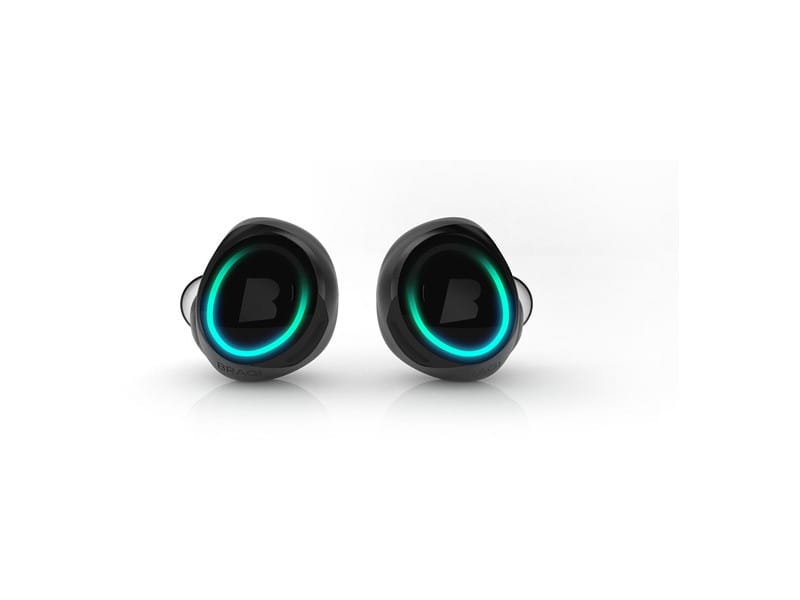IoT & Wearables: Music

One of the industries where IoT and wearable manufactures have intensely focused on is music. The innovation in this particular market is astonishing not because it is always ground-breaking but because it is grounded in reality.
Unlike other areas, many music wearables provide adequate functionality already. Today, we will take a wide look at some of the music applications of the IoT and wearable technologies, with a focus on everyday consumer products.
At this point, I should note that many of the devices I will talk about today might have major flaws and shortcomings which I may not address. The focus here is not on convincing people to invest in the market. Instead, it is to provide a starting point where the applications of these technologies in the music industry can be made apparent.
The Internet of Music
Music is one of the things shared throughout the world. Despite any cultural differences, music is universal in the sense that practically everyone listens to it. Music wearables and IoT have already began to change how people approach their listening habits, particularly with the rise of other technologies in the music industry, such as streaming services.
The two most famous companies in the IoT music industry are probably Sonos and Bose. The two companies create competing connected speakers which are perfect for multi-room setups. Anyone can set them up and they offer a simple but extremely effective glimpse of how connectivity can transform an otherwise mundane piece of technology.
Music playback is one thing, but music discovery is also of huge interest to IoT. One of the most interesting devices in this area is the Prizm. The pyramid-shaped device is a physical music streamer which learns about the user and can even read a room. For instance, if you play a certain song after coming home from work, the Prizm will automatically play it for you once it realizes what’s happening.
If you are having a quiet dinner party with your friends, it will set the mood. If a lot of people are over and they are being loud, it will set itself on party mode. All this happens by connecting to the cloud, either through Prizm’s own music catalogue or through any web-based radio. Notably, the Prizm itself is not a speaker. It connects to external speakers and is all about music discovery and intelligent playback.
Of course, the music wearables industry is still young and many projects start and finish at the prototype phase. One example of that is the SoundHound Hurricane. The Hurricane did not manage to reach its Kickstarter goal, but the idea behind the prototype was quite intriguing. It was essentially an Amazon Echo or a Google Home that was strongly focused in music.
So while the device had virtual assistant capabilities, the emphasis was placed in music production, with better-than-average speakers, and music discovery. If it had succeeded, the Hurricane would have been something like an AI DJ for the living room, something that tech giants like Google have only half-attempted to do.
Hearables and smart audio
Music wearables or hearables, if you will, are in a very good place right now. Wireless headphones and earbuds of excellent quality were traditionally considered as considerable investments for a niche market. Hearables, however, are slowly changing that.
The Dash are now a well-known example, having crushed their $260,000 Kickstarter goal by raising $3,390,551 from 16,000 people. These wireless earbuds are smart devices which can be used as standalone music players with their very own storage system and even as sports assistants with built-in fitness tracking.
This pair of wireless earbuds may cost the same as other devices in the market but they do a lot more. Aside from the aforementioned features, the Dash are controlled entirely by taps and swipes in their touch-sensitive surface area. While they have many shortcomings, including very limited battery life, they certainly provide a glimpse into the future.
Speaking of the future, an extremely niche but exceptionally interesting gadget is the SubPac. This backpack’s focus is to allow users to feel the music that they are listening to by providing tactile feedback. Basically, your whole body can feel the bass that the music in your headphones is generating.
One of my own favorite gadgets are there Here Active Listening pair of earbuds. These wireless earbuds can apply noise-cancelling effects, enhance surrounding audio, and even apply a huge range of filters in real-time through the smartphone companion app. Augmented audio will be a very interesting area to watch and I strongly suspect it will have a huge role to play in the future.
The final and perhaps most intriguing device is the Sgnl. To put it simply, this device is a smart strap that allows you to make calls (and potentially listen to music in the future) by literally placing your fingertip in your ear. The strap, which can be attached to virtually any watch (smart or classic) works by transmitting sound through vibrations by taking advantage of the closed space of your ear to echo and amplify the sound.
Summary
As we have briefly seen, the industry for music wearables and IoT is already very interesting. As smart devices become more common and less expensive, we will undoubtedly see even more innovative applications. Music is a continuously transforming and expanding part of the human experience, and these new technologies will no doubt show us new and exciting ways of approaching it.



